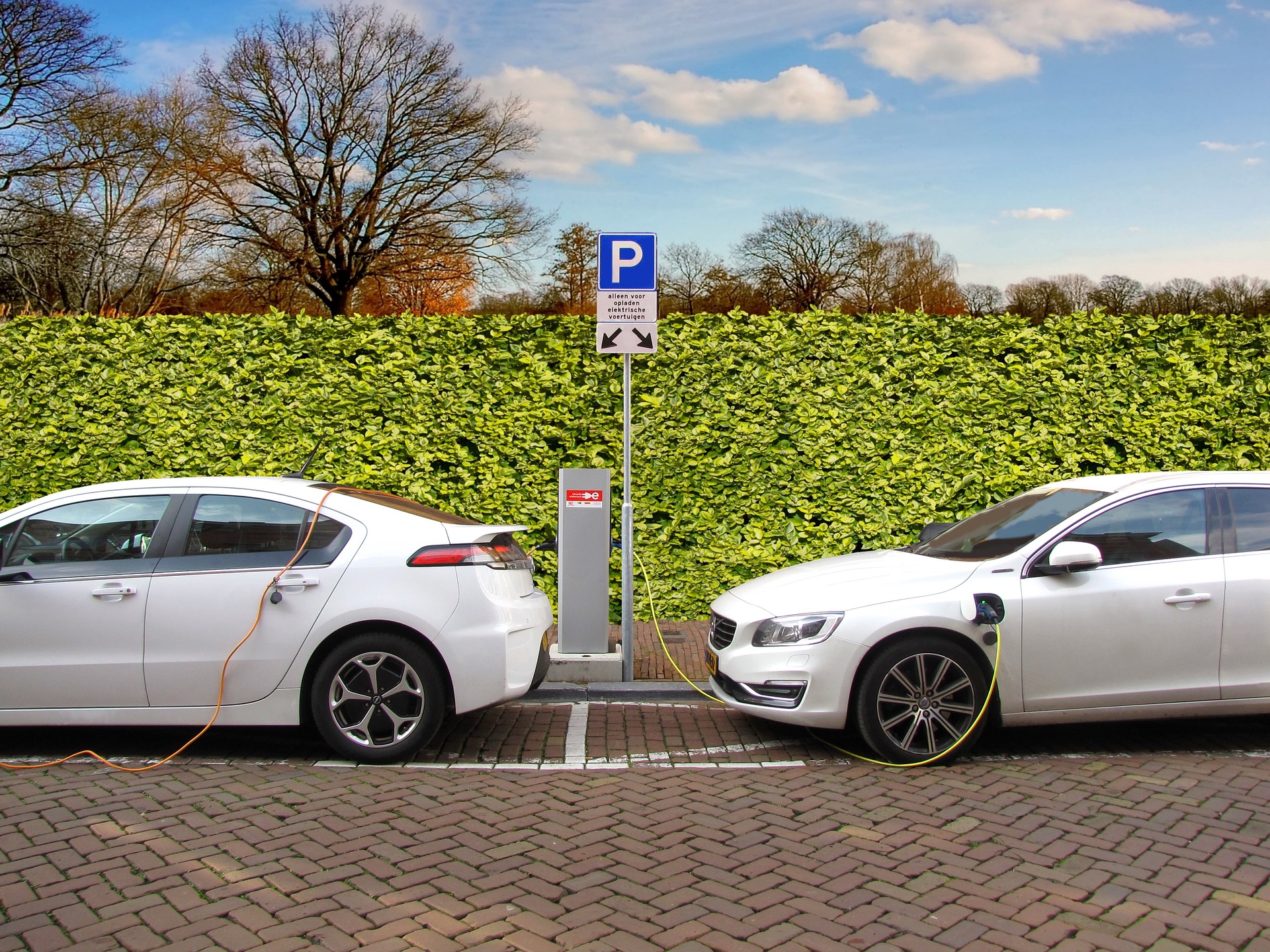“E-cars are obsolete, hydrogen is the future!”
Similar statements have been circulating at regulars’ tables for quite a while. Media attention and enormous gains in the value of some shares in the field of hydrogen technology have certainly contributed to this image.
A brief look at the technology reveals that vehicles with fuel cells, which use hydrogen as an energy carrier, also have an electric motor. This is also known as an FCEV (fuel cell electric vehicle). Instead of drawing electricity from a battery, it is generated directly in the vehicle – a mobile mini power plant, if you will.
The “hydrogen car” is therefore ultimately also an electric vehicle – only without a battery.
It is thus one building block among many for the mobility of the future. Overhead lines on highways are already being piloted, inductive charging in parking lots or at traffic lights is planned, and solar cells on vehicle roofs are also being tested.
Speaking of solar cells: Today, these generate up to 0.2 kW / m² under optimal conditions. However, the average consumption of electric cars is about 15 kWh / 100 km. So even if the entire roof of a vehicle (approx. 4.5 m²) were covered with solar cells, it would take more than a day in the sun to generate the electricity for a 100 km range. So photovoltaics can (and will) become a good complement. It is seen as another piece of the puzzle in the overall concept of electrified mobility.
So the vehicle of the future will be a hybrid.
This could be a hybrid of solar cell and BEV (battery electric vehicle) that charges itself inductively at traffic lights. Equally conceivable is a mixture of fuel cell with hydrogen tank and battery. But today’s plug-in hybrids also have a bright future with a larger battery. Trucks will possibly cover their power requirements for long distances with overhead lines above the highway, and the last 20 (or 100) kilometers on the highway will have to be covered by the built-in battery.
There will certainly also be new concepts and innovations that are still confined to the books of science fiction authors or are waiting tightly locked away in the R&D departments of major manufacturers or suppliers for the time to be ripe for them. The key to success here will be to achieve the right balance and appropriate combination of mature technology and innovative approaches. A full focus on just one direction will always be doomed to failure.




